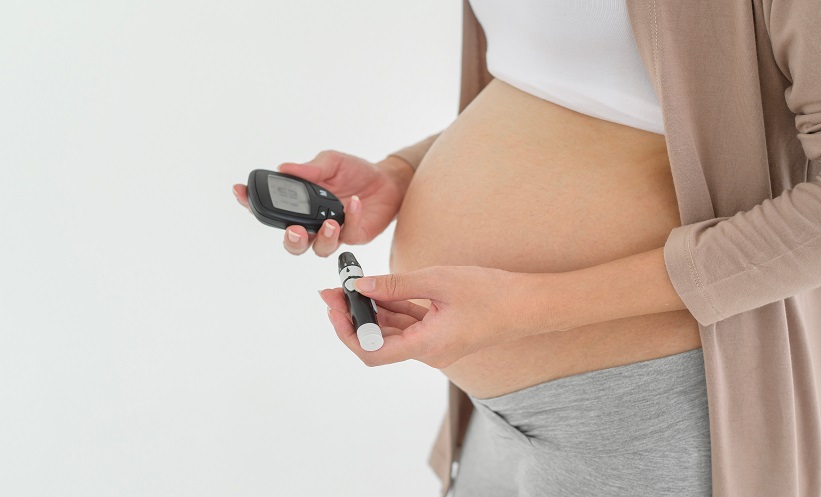Meeting Summary
Despite the increasing range of treatment options for patients with Type 2 diabetes mellitus (T2DM), there are a number of real-world barriers that prevent many patients from achieving and maintaining glycaemic control. The objective of this symposium was to provide an overview of the challenges in T2DM treatment and to discuss novel strategies that may overcome these issues. The symposium started by exploring the key barriers that prevent patients from achieving glycaemic control, highlighting patient non-adherence to treatment as the major contributor to poor glycaemic control in a real-world setting. The speakers then explored the issue of non-adherence further, focussing on patient and physicianrelated contributing factors, including patient perceptions of treatment value and burden, fears of hypoglycaemia, and patient–physician interactions. The symposium ended with a presentation on potential strategies to improve treatment adherence and clinical outcomes in T2DM. Clinical evidence was presented suggesting that effective methods for helping patients to attain and maintain glycaemic control include both early treatment with intensive combination therapy and treatment with fixed-dose combinations of a glucagon-like peptide 1 (GLP-1) receptor agonist and a basal insulin analogue (iDegLira and iGlarLixi). Novel drug delivery methods were highlighted as a potential strategy for improving patient adherence and treatment success, with data presented on the efficacy and safety of ITCA 650 (Intarcia Therapeutics Inc., Boston, Massachusetts, USA), a subdermal osmotic mini-pump that provides continuous delivery of a GLP-1 receptor agonist. The symposium concluded with a summary of the main points, in which the need for new strategies to address the issue of non-adherence to therapy in T2DM was emphasised.
Please view the full content in the pdf above.







